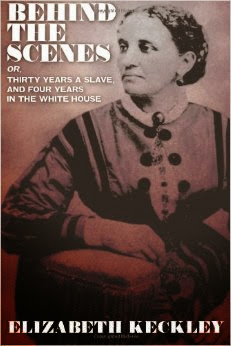On this Memorial Day, I want to extend many thanks to the brave men and women who have served and are currently serving our country.
During World War II, many actors put their careers on hold to serve, and the most decorated American soldier of WWII returned home a hero and became an actor! Below are listed just a few celebrities who served from a list on Toptenz.net:
Audie Murphy - Murphy was a true American hero and the only actor to have been awarded the Congressional Medal of Honor. In fact, Murphy was the most decorated American soldier of World War II who, besides receiving the CMOH, was also awarded 32 additional U.S. and foreign medals and citations, including five from France and one from Belgium. He later went on to appear in 44 films—mostly westerns and a few army films—before he died in a plane crash near Roanoke, Virginia three weeks shy of his 46th birthday. Not surprisingly, he was buried with full military honors in Arlington National Cemetery.
James Stewart - Stewart was an up and coming actor when he chose to give it all up and join the Army Air Corp in 1942. Considering how dangerous the skies over Europe were and the very high rate of attrition suffered by allied pilots, it’s a miracle he survived at all. Flying no fewer than 20 combat missions over Germany at the controls of the famous B-17 bomber, he received six battle stars, the Distinguished Flying Cross with Oak Leaf Clusters, the Air Medal and even the famous French decoration, the Croix de Guerre with Palm. He even stayed active in the U.S. Air Force reserve after the war, reaching the rank of Brigadier General before retiring in 1968.
Douglas Fairbanks, Jr. - Few would have guessed the dashing actor and first husband to Joan Crawford would give up the sparkling lights of Hollywood to serve his country, but that’s exactly what he did. Commissioned an officer at the outbreak of World War Two, the actor served on Lord Louis Mountbatten’s staff in England where he observed the British make cross-channel raids on German positions designed to confuse and deceive the enemy. Taking that knowledge back to America, he was made part of a unit called the “Beach Jumpers” whose job it was to make bogus beach landings designed to confuse the enemy as to the location of the real landings. Serving in this capacity in North Africa, Sicily, and France, he was awarded several medals for bravery, chief among them the Silver Star, the Legion of Merit, the British Distinguished Service Cross, and even the French Croix de guerre. Fairbanks stayed in the Naval Reserve after the war and ultimately retired a captain in 1954.












.jpg)
.jpg)
.jpg)